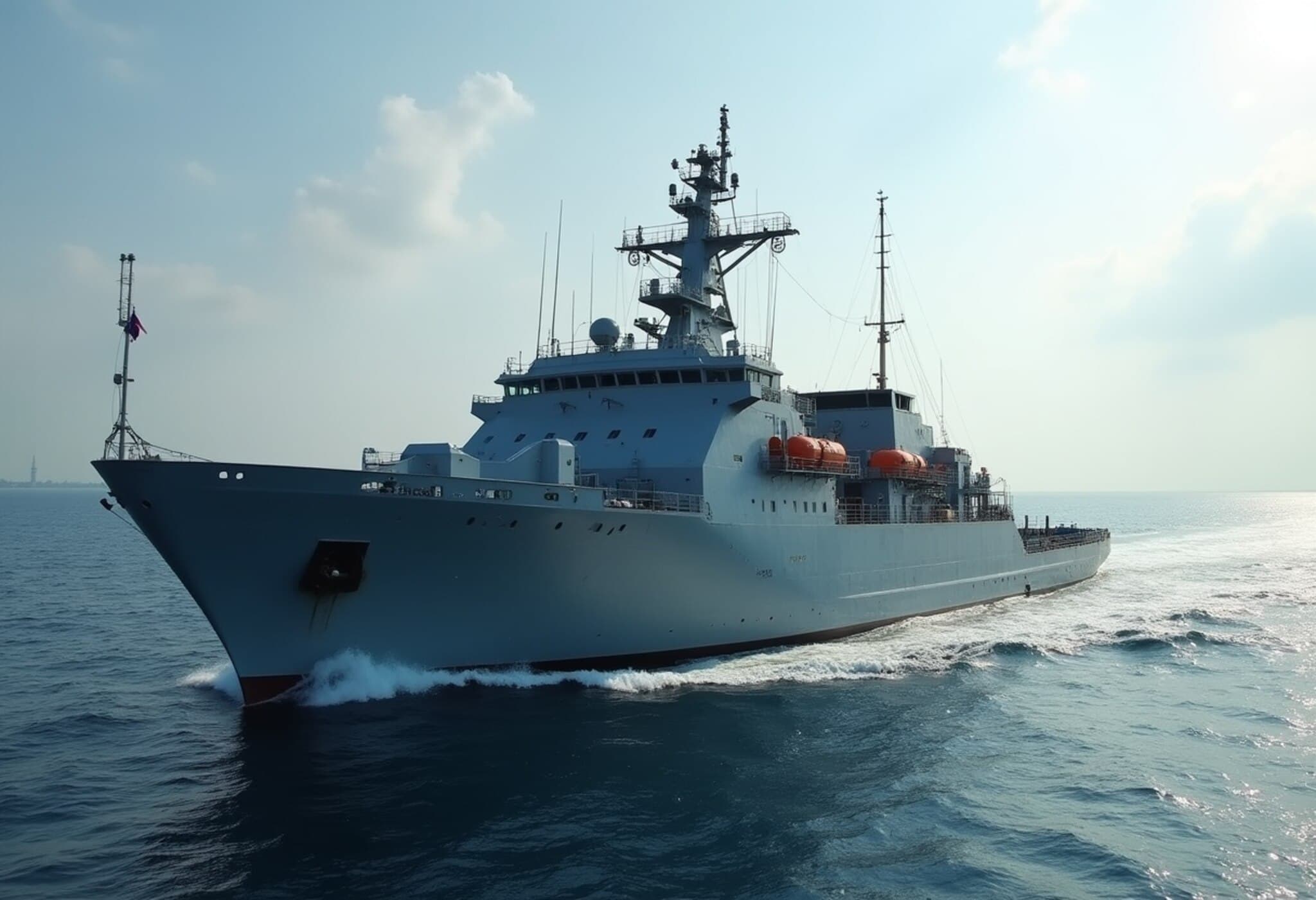Germany Condemns Chinese Laser Targeting of German Aircraft in Red Sea
In a serious diplomatic escalation, Germany has accused a Chinese military vessel of deliberately targeting a German aircraft with a laser during an EU-led maritime security operation in the strategically vital Red Sea. The German Foreign Ministry described the incident as "entirely unacceptable", stressing that such actions endanger personnel and undermine international efforts to protect crucial shipping lanes.
Details of the Incident
The event reportedly occurred amid the European Union's ASPIDES mission, a recently launched operation aimed at safeguarding merchant vessels traversing critical maritime corridors including the Red Sea, Gulf of Aden, and Indian Ocean. However, specific details such as the exact timing of the laser attack and the type of aircraft involved have not been disclosed by German authorities.
Despite media inquiries, neither the European Commission nor China’s foreign ministry and embassy in Berlin have immediately commented on the allegations, fueling concerns over growing tensions in this volatile region.
Broader Geopolitical Context
This incident is emblematic of rising geopolitical frictions in the Indo-Pacific and adjacent areas, where China has markedly expanded its military footprint and technological reach. European officials have increasingly voiced alarm over China’s strategic initiatives that appear to challenge international security frameworks and threaten freedom of navigation.
Laser attacks targeting aircraft have previously surfaced in the Indo-Pacific arena involving Chinese vessels, yet this case is particularly significant since it directly involves a European Union–flagged aircraft engaged in a mission under the EU’s Common Security and Defence Policy. It signals how China’s assertiveness now directly affects European operational environments far beyond traditional spheres.
Implications for Maritime Security and EU-China Relations
The ASPIDES mission embodies the EU’s intensified commitment to securing global trade routes against threats like piracy and regional conflicts. The Red Sea remains a critical chokepoint for global commerce, linking Europe, Asia, and Africa. Disruptions here can ripple across international supply chains, elevating the stakes for global economic stability.
Germany’s decision to summon the Chinese ambassador underscores the seriousness with which Berlin views this laser targeting. It also raises critical questions:
- How will this incident impact EU-China diplomatic engagement moving forward?
- What measures will European navies adopt to counter emerging hybrid threats including directed energy attacks?
- Could this incident signal a broader shift toward increased militarization and confrontation in the Red Sea region?
Expert Commentary
Marine security analysts emphasize that laser attacks, while often dismissed as non-lethal, can cause severe harm to crew members and compromise aircraft instruments, blurring the lines of conventional engagement rules. Dr. Helena Strauss, a European security expert, notes, "The targeting of EU assets by a major power’s military vessel within an international maritime operation is a stark reminder of how quickly geopolitical competition is intensifying even in zones traditionally seen as neutral commercial waterways."
What’s Next?
As investigations continue behind closed doors, the incident is expected to accelerate EU discussions around enhancing maritime defense capabilities and reassessing strategic postures vis-à-vis China. For Germany, a country historically balancing economic ties with China and Atlantic security commitments, the episode presents a diplomatic challenge demanding firm but measured response.
For global observers, the laser attack serves as a potent indicator of the complex interplay between rising powers and established alliances competing for influence in key maritime domains.
Editor’s Note
This laser attack in the Red Sea, involving European forces and Chinese military assets, signals a significant new development in maritime security and international diplomacy. It prompts urgent reflection on how technological intimidation tactics are reshaping naval engagements and the broader geopolitical chessboard. Readers should consider how such incidents might influence global trade security, international law, and the future of EU-China relations, especially under the shadow of rising strategic competition in maritime theaters.















